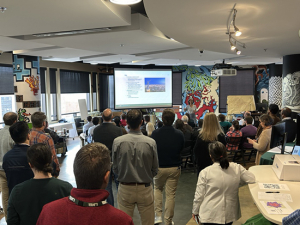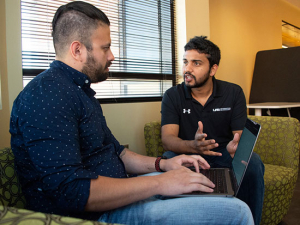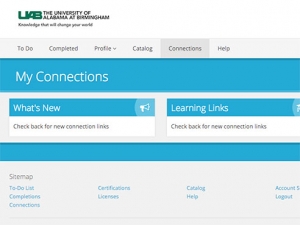 Social determinants of health are the external conditions in an individual’s life that play a role in their health, such as cultural, political or economic conditions that affect a person’s well-being. By examining those, researchers can understand ways in which different populations are affected.
Social determinants of health are the external conditions in an individual’s life that play a role in their health, such as cultural, political or economic conditions that affect a person’s well-being. By examining those, researchers can understand ways in which different populations are affected.
The UAB Obesity Health Disparities Research Center (OHDRC) has released a free resource toolkit to provide a central collection of information on the social determinants of health. The toolkit is a learning module housed in UAB’s Canvas platform and accessible with a Blazer ID. It also can be accessed at uab.edu/medicine/dopm/.
“Understanding how social elements shape health can give us a clearer understanding of why some individuals continue to have poor health despite medical interventions that should improve outcomes,” said Elizabeth Baker, Ph.D., associate professor of sociology.
William Cockerham, Ph.D., retired chair of the UAB Department of Sociology, had the initial idea and began the project, and Baker took the collection of documents he gathered Cockerham and attached resources.
“Understanding how social elements shape health can give us a clearer understanding of why some individuals continue to have poor health despite medical interventions that should improve outcomes.” |
“The idea was to create a shared toolkit of validated data resources and original source documents,” Baker said. “That way, researchers who came from more of a clinical background would have easy access to social determinants of health resources to include in their own research.”
The toolkit includes overviews of many different social determinants of health that relate to obesity and chronic health conditions — particularly cardiovascular disease and diabetes. Each overview features the validated instruments used to measure the concepts, a brief description summary, links to research that have used the instruments and cross-references to other social determinants of health related to that topic.
Each social determinant of health — segregation, social support, stress, skin color, etc. — has its own module. Aside from the links to validated instruments and summary of the concepts, users also can find the primary documents and cross-references to other related social determinants of health within the modules.
Direct questions to Elizabeth Baker at ebaker@uab.edu.







































